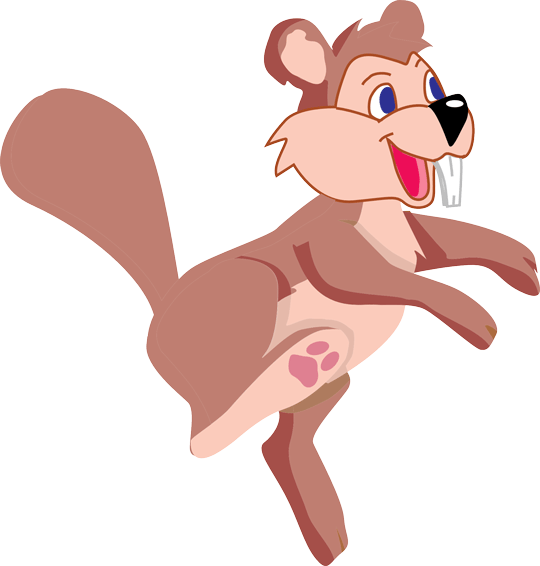
Challenges with translating animal metaphors


In every civilisation in history, animals have played a significant role. Stories of talking animals, moral lessons using animals as the main characters and a huge body of folklore, all point to the inevitable fact that animals are in integral part of any society – modern or ancient, civilised or otherwise.
From that point of view, it is natural for animal metaphors and other references to make their way into daily usage and, therefrom, the literary legacy of a culture.
Metaphors and idioms can be found in just about any culture you can think of. In order to express ourselves as accurately as possible, we often resort to experiences and feelings that are common to other people. Of course, for that to have the right effect, you assume a person’s background is similar to yours. Within a particular cultural group that assumption is fairly safe, but when you speak across cultures – more specifically, across languages – assumptions become unreliable and can break down communication rather than enhance it.

For example, when you say: “I’m dog tired”, you make the assumption that the listener knows that it means “exhausted”. Dogs are found all around the world, and the lolling tongue and fast breathing of canines are familiar to most people. Of course, this doesn’t mean you’ll find a perfect equivalent in each language. Sometimes, you may be lucky though. For instance, the English expression ‘It’s a dog’s life’ does have a perfect correspondent in Romanian – ‘viață de câine’ (a life full of hardships and deprivation)

On the other hand, the phrase “He’s an eager beaver” might not make sense to most people who’ve never seen a beaver in their lives.
This type of confusion arises from not understanding that each culture has its own set of expressions, metaphors and idioms relating to animals, and that these are not always in congruence with those of other cultures and languages.
Types of Challenges in Translating Animal Metaphors
Lack of reference
The first challenge is when there is no reference point to understand a metaphor – let alone translate it. As in the example about beavers, there are several animals that are found in one country and not the other.
The absence – or even rarity – of an animal in a particular country means that there’s no reference point when translating from the source language. “As warm as sealskin” may not have an equivalent at all in any of the African languages, for example. One reason is that seals aren’t that common in Africa – save for Seal Island in South Africa and a few other coastal nations. Another reason is that the idea of using animal skin to keep yourself warm may be anathema to the climate of the region. In Ethiopia, the average temperature is 33.9 degrees Celsius. No need for sealskin or any other skin here!
Connotations
Another major challenge is how people perceive a particular animal in different cultures. Take cows as a typical example. Around the world, this animal has been reared for thousands of years for its milk, meat and skin, and is considered to be useful and of great value to many countries’ economies.
In cultures like the United States and the UK, calling a woman a ‘cow’ is (mostly) derogatory. Do the same in India and you might just get a “thank you” in response! The reason for that is this: across most of India, calling someone a cow means you’re saying that they’re gentle and harmless – not at all derogatory.
Likewise, a reference to camels may have completely different connotations depending on which part of the world you’re in – or llamas or wallabies or chickens, for that matter.
The point is, when you are translating animal metaphors, these are vital considerations. Some metaphors have no reference points in your target language, and some have an entirely different meaning.
A Way Out
Those are both considerable challenges for any translator. To lose the meaning of the metaphor is to have a gap in communication, which can never be a good thing.
When we’re talking about translating medical terminology, for example, the point of accuracy comes up quite frequently. It’s the same with legal translation. To convey the exact meaning of the source language into the target language, any and every means must be employed to ensure that the accuracy of meaning is maintained.
It’s no different with animal metaphors. In order to convey the exact same sentiment, the translator will need to employ every means at his or her disposal. And this is the biggest challenge of all – to maintain the accuracy of the source language while achieving relevance in the target one.
So, these are the questions that translators must necessarily ask themselves after thoroughly reading through the material:
- Do I understand what the author is trying to say?
- Are there references to unique cultural concepts that need to be taken into consideration?
- If so, are there equivalent comparisons in the target language that will convey the same meaning?
- Are there better alternatives or devices that I could employ to bring out the essence of the source material in the target document?
These questions are very important because they give you a tremendous amount of confidence in the translation process.
Animal metaphors are one of the more challenging hurdles that many translators face at one time or another. With medical or legal translation, it’s mainly a matter of accuracy; with animal metaphors, it’s a question of conveying emotional content across a lingual and cultural barrier.
Similar challenges are seen when translating poetry or prose poetry. The appeal of such content often lies in the numerous metaphors and other literary devices employed by the writer, and animal metaphors play a significant role in this process.
Maintaining the integrity of a piece, therefore, hinges on the accurate and relevant translation of gross and subtle emotions evoked by the use of animal metaphors.
What’s your favourite animal metaphor, in what language, and what does it mean? I’d love to hear from you!


